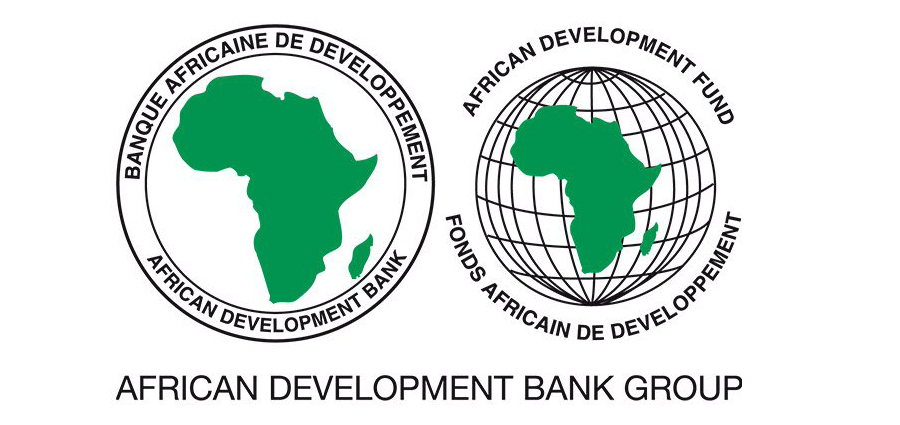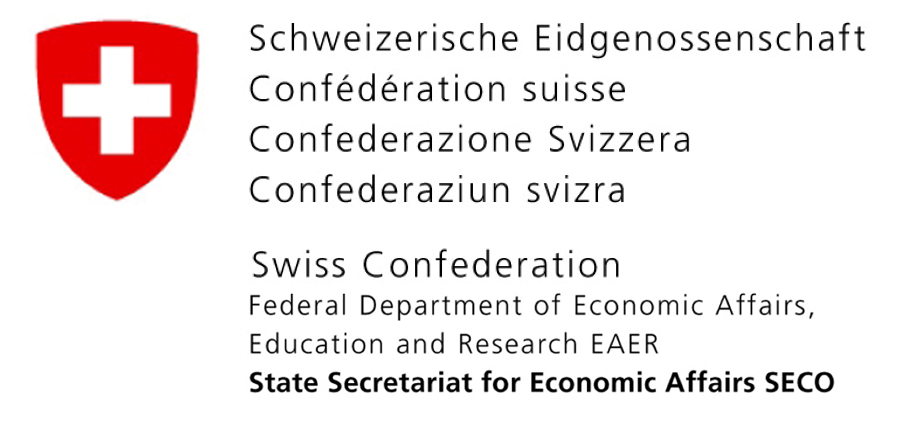SSATP & UITP Webinar Recording - Enhancing the Financial Sustainability and Commercial Viability of BRTs in Sub-Saharan Africa: Factor Analysis & Assessment Tool
Rapid urbanization and urban population growth are putting increased pressure on Africa’s urban transport systems. Major cities in Sub-Saharan Africa (SSA) have implemented, or are preparing Bus Rapid Transit (BRT) projects to address some of their mobility challenges using sustainable transport solutions. The total length of BRT corridors under development in six African cities is 343km, with 141km already under operation in four cities. This represents a total capital investment estimated at US$ 1.8 billion. The cities of Accra and Lagos have operational Quality Bus and BRT-Lite systems.
Nevertheless, BRT implementation projects in Africa are showing mixed results. As a result of the high upfront infrastructure investment costs and operational subsidies required to maintain the service quality of BRTs, financial sustainability and commercial viability challenges have emerged. To address existing gaps in public financing for BRT projects, African governments have attempted to mobilize private sector capital. However, cross-cutting challenges encompassing the political economy, regulatory environment, institutional setup, fiscal capacity and demand density have been a constraint to attracting effective private sector participation.
It is critical that African governments conduct a comprehensive assessment and gain an in-depth understanding of these challenges if they are to develop contextualized and effective solutions in response. To support both public and private sector stakeholders with this task, SSATP partnered with the World Bank, PPIAF, and MOLO to prepare a factor analysis report and assessment tool for identifying and analyzing the key factors influencing the financial sustainability and commercial viability of BRTs in SSA.
On December 15, 2020, in the joint SSATP-UITP webinar on "Enhancing the Financial Sustainability and Commercial Viability of BRTs in SSA," the key findings of the factor analysis report and assessment tool were discussed.







